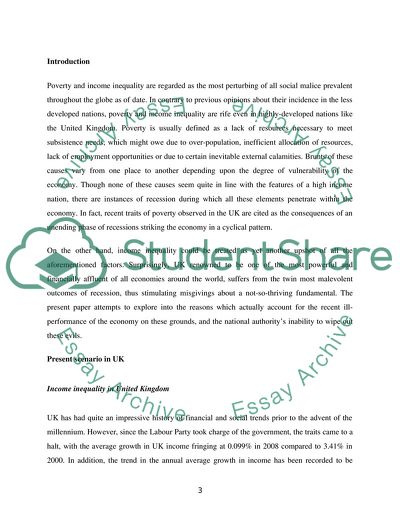Cite this document
(Causes for the Increase in Poverty and Income Inequality in the UK Case Study, n.d.)
Causes for the Increase in Poverty and Income Inequality in the UK Case Study. https://studentshare.org/macro-microeconomics/1742988-what-has-caused-the-observable-increase-in-poverty-and-income-inequality-in-the-uk-over-recent-decades
Causes for the Increase in Poverty and Income Inequality in the UK Case Study. https://studentshare.org/macro-microeconomics/1742988-what-has-caused-the-observable-increase-in-poverty-and-income-inequality-in-the-uk-over-recent-decades
(Causes for the Increase in Poverty and Income Inequality in the UK Case Study)
Causes for the Increase in Poverty and Income Inequality in the UK Case Study. https://studentshare.org/macro-microeconomics/1742988-what-has-caused-the-observable-increase-in-poverty-and-income-inequality-in-the-uk-over-recent-decades.
Causes for the Increase in Poverty and Income Inequality in the UK Case Study. https://studentshare.org/macro-microeconomics/1742988-what-has-caused-the-observable-increase-in-poverty-and-income-inequality-in-the-uk-over-recent-decades.
“Causes for the Increase in Poverty and Income Inequality in the UK Case Study”. https://studentshare.org/macro-microeconomics/1742988-what-has-caused-the-observable-increase-in-poverty-and-income-inequality-in-the-uk-over-recent-decades.


